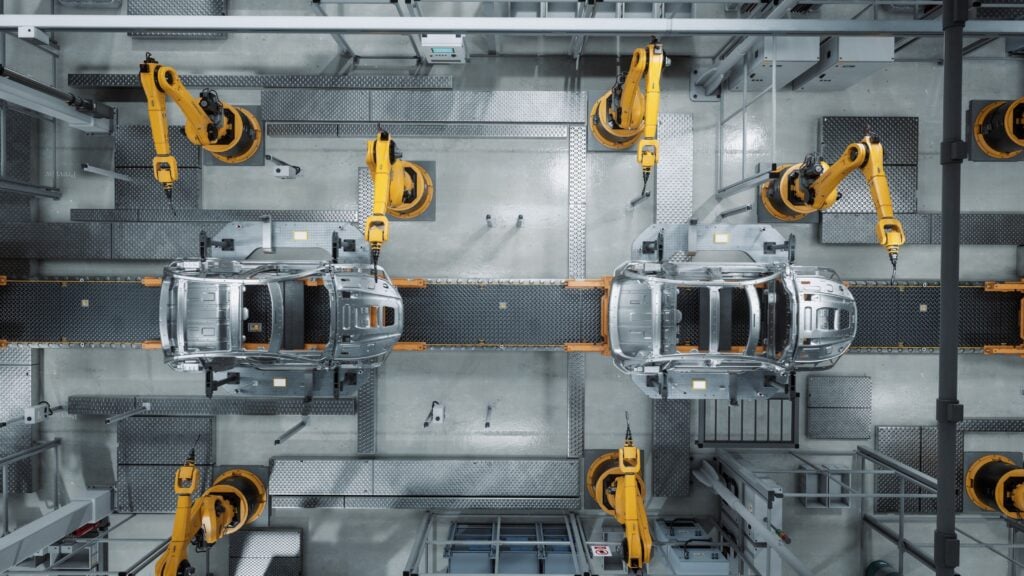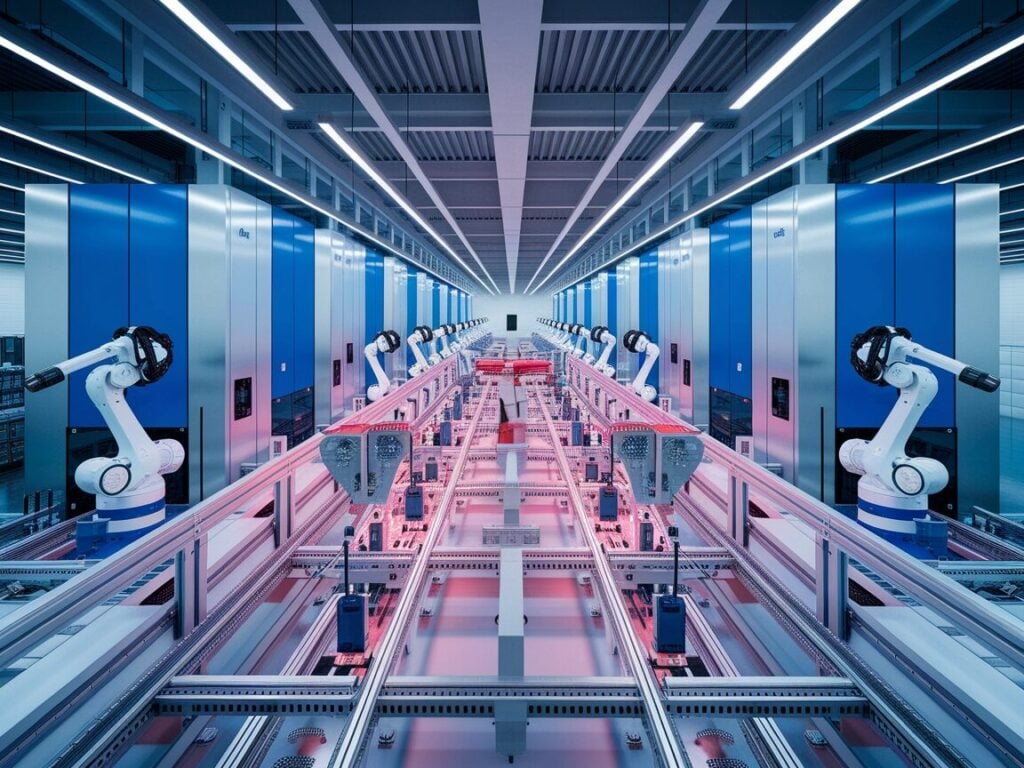Lower energy costs, supply chain issues and political volatility are some of the issues behind European companies’ decisions to open new manufacturing plants in the United States.
Relatively low energy prices and government incentives are luring some European manufacturers to the United States.
A recent Wall Street Journal article reported that European manufacturers of steel, fertilizer, chemical, batteries and other products that require energy-intensive production are beginning to shift their operations stateside. Economists have warned that swings in energy prices and supply-chain issues in Europe could bring about an era of de-industrialization in the region.
European companies open U.S. facilities
European companies that have recently announced plans to open U.S. facilities or beef-up production at existing ones include: Luxembourg-based steel maker ArcelorMittal, which is slashing production at two German plants following a better-than-expected performance at its Texas facility; Amsterdam-based chemical company OCI, which has announced plans to invest in its ammonia plant in Texas; Volkswagen and Danish jeweler Pandora, which are planning U.S. expansions. Meanwhile, Tesla paused plans to make its battery cells in Germany, while its executives study tax credits offered by the Biden administration’s Inflation Reduction Act.
“European manufacturers, like all manufacturers, are seeking to mitigate risk in an environment that is currently facing an unusually high level of uncertainty,” says Chicago-based Steve Kozarits, senior vice president, industrial services, with real estate services firm Transwestern. Kozaris notes that risk right now can be tied to many factors, including political instability, labor shortages, the availability and cost of energy, shipping infrastructure and taxes. “To succeed, companies must build resilience in their supply chain through greater flexibility, competitive pricing and timely accessibility to required resources,” he adds.

We can help you find the best talent! Contact us today
The main driving force
While Europe’s energy crisis is the main driving force in the current reshoring movement, Chicago-based Robert Hess, vice chairman of the global consulting and strategy solutions group with Newmark, notes that European manufacturers also want to be close to their customer base in the Americas, including not only the U.S. but also Canada and Mexico, due to the supply-chain issues that the pandemic has exposed.
European foreign direct investment (FDI) in the U.S. already rose by 20 percent from 2014 to 2019 and represents a major segment of the U.S. economy, at $1.39 trillion in 2021, according to Statista. As a result of energy and supply-chain issues it is expected to rise even higher. According to the Global Business Alliance, a record 7.9 million U.S. workers are currently employed by international companies.
European auto manufacturers, pharmaceutical and food companies have had a strong U.S. presence for years, according to Kozarits.
“Today, it would be prudent for any European manufacturing company that has a sizable percentage of revenue coming from sales in North America to consider establishing a U.S. operation for geographical diversification,” he says. An additional benefit is that it would reduce logistics expenses by eliminating the cost of transporting cargo across continents.
Where are they looking
Manufacturers new to the U.S. market usually start off with one large site, then tend to split into multiple divisions and locations once they gain market share, according to Hess. In general, advanced manufacturing FDI coming into the U.S. from Europe tend to have a greenfield focus, has 200 to 300 employees and $100 million in CAPEX (capital expenditure). These companies typically require 2 MWh to 5MWh of power and factors that figure into their location selection include the cost of energy, the availability of skilled labor and reliable logistics infrastructure.
As a result, initiatives around sourcing and certifying greenfield sites are very active right now, as the availability of existing buildings for manufacturing is practically nil and finding distribution space larger than 500,000 sq. ft. with high bay ceilings and a sufficient number of truck docks is equally difficult, according to Hess.
European manufacturers tend to prefer markets located in Eastern and Central time zones for easier communication with the E.U. headquarters and shorter flights, according to Hess. Plus, more than 70 percent of the U.S. population resides in these time zones. Midwestern and Southeastern states are also attractive to European manufacturers due to the more affordable cost of doing business, including labor, power, taxes and construction. These are largely right-to-work states, meaning fewer labor union restrictions, less regulation and red tape. States in these regions also offer expedited timelines for developing new facilities, as building permits take months, rather than years, to secure, unlike in Europe or other U.S. states.
ARTICLE BY: Patricia Kirk – Wealthmanagement | Published: 10/05/2022






